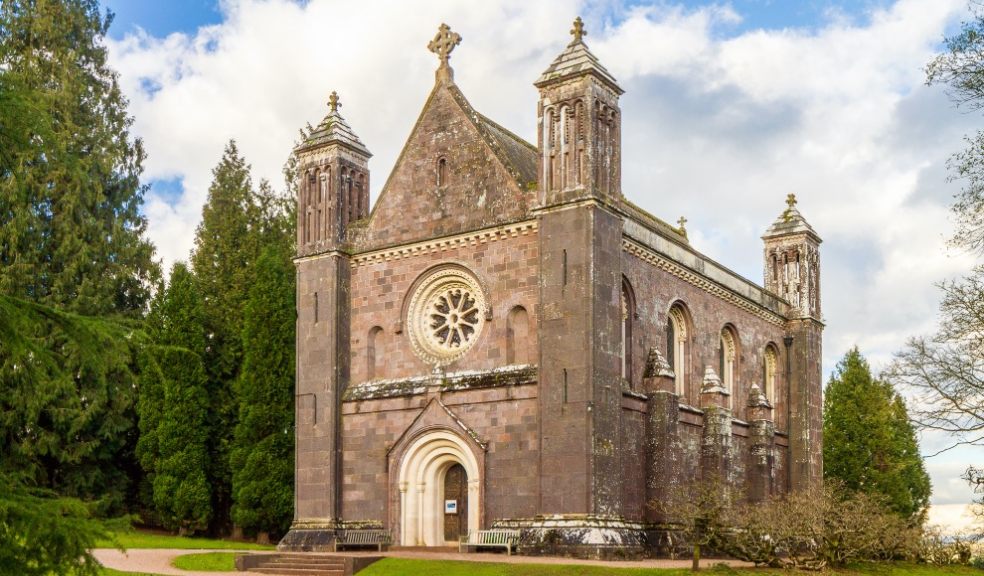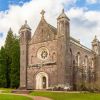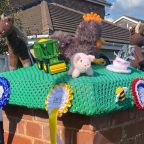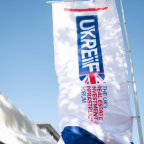
National Trust’s Killerton conserves Grade I listed chapel
The National Trust’s Killerton, near Exeter, has begun an extensive interventive conservation plan to repair the historic chapel. The Chapel of the Holy Evangelists at Killerton was built in 1841 at the request of Sir Thomas Acland, 10th Baronet.
Designed as a grand chapel by C. R. Cockerell and is based upon the Lady Chapel and Crypt of Joseph of Arimathea at Glastonbury. It is Killerton’s only Grade I listed building and so the most significant building on the Estate.
The chapel was in need of extensive repair and building works began on the stonework structure in February.
The original Killerton volcanic stone is believed to have come from a quarry at Budlake which is now part of a SSSI (Site of Special Scientific Interest) and can no longer be mined. A different source of similar stone has been found at a quarry near Crediton, which sits on the same geographical line as Killerton.
The iconic stained-glass rose window is a centre piece of the chapel and features multi coloured panels of patterned glass, flanked by two carved nests on either side.
This carving is of particular interest as the current building work was delayed due to roosting bats in the chapel and the original build was reportedly put on hold by Sir Thomas whilst swallows nested there. There are two bird’s nests carved either side of the window, which is believed to be a nod to commemorate the swallow’s new arrivals nearly two hundred years ago.
Tom Coombe, House and Collections Manager at Killerton commented: “We are delighted that the bats (and swallows!) were undisturbed, and work is now well underway, meaning this beautiful building will stay standing for future generations to enjoy.”
Phillip Smart, National Trust General Manager at Killerton, adds “The chapel at Killerton means so much to our visitors; they often report on the connection they have with the chapel and the beauty of the rose stained-glass window.
"It’s no surprise that it was the inspiration for our chapel fundraising pin badge. We feel incredibly pleased that we’re able to conserve the chapel for the future and look after one of the nation’s special places.”
A bespoke charity pin badge has been designed which was inspired by the stained-glass window and echoes the vibrant colours.
Sales of the limited-edition badges all go to support the chapel restoration project and are available on site at Killerton.
Work on the chapel has been carried out by a range of different specialists including Armadillo Shield-Security Consultancy Services, Colmer Ecology, Corbel, Holy Well Glass and Jonathon Rind Architects and work is expected to continue into spring 2024.














